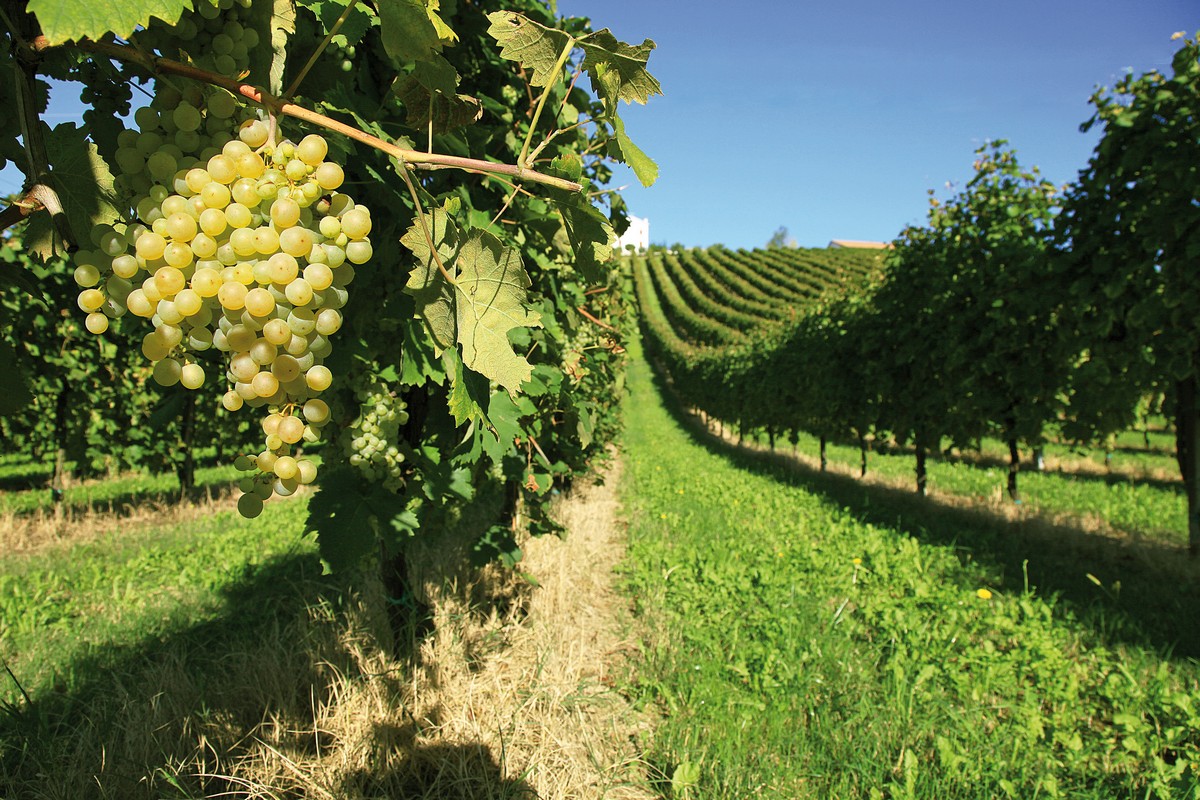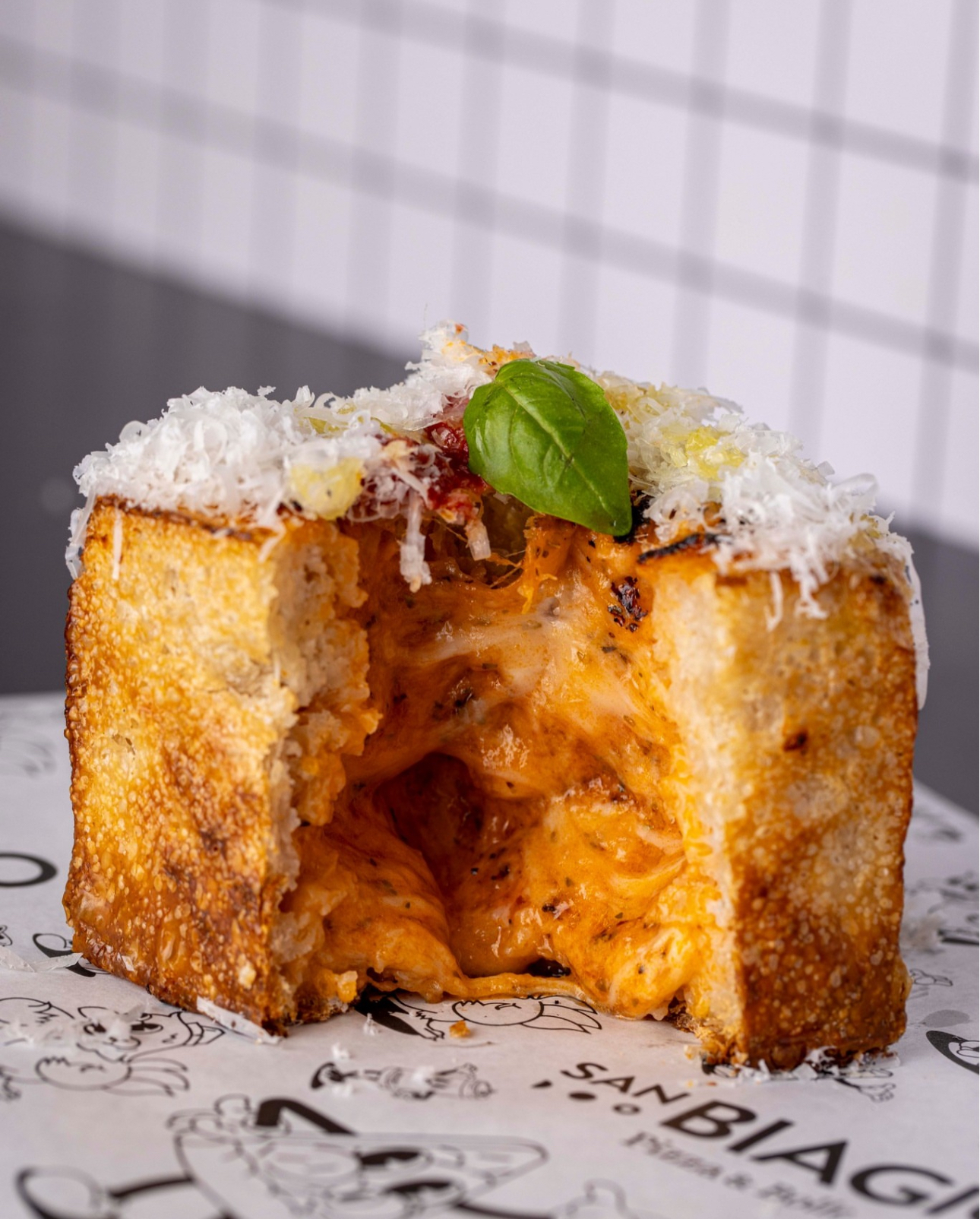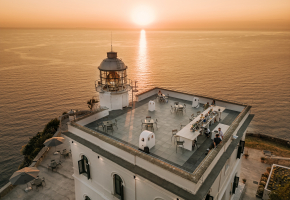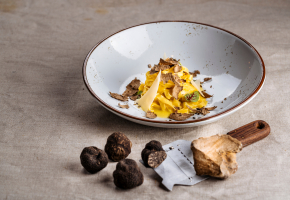
Nips, Sips and Tidbits
From tradition to innovation: a sensory journey through Spritz, harvesting, and Cubic Pizza

History of the Spritz: Origins, variants, and where to enjoy it in Venice
The Spritz, the iconic Italian aperitif, has a fascinating history that dates back to the Austrian occupation in the 19th century when soldiers diluted local wine with sparkling water. Originating from the Veneto region, particularly Venice and Padua, this cocktail evolved in the early 20th century with the introduction of Aperol and Select.
The classic recipe includes Prosecco, Aperol (or Campari for a more bitter variant), and soda, garnished with a slice of orange. There are numerous variations of the Spritz, such as the Campari Spritz for a bolder flavor; the Spritz Select, which has an authentic taste; the Spritz Hugo with elderflower liqueur; the White Spritz, which retains the original mix of white wine and soda water; and the Cynar Spritz, made with artichoke liqueur for a more herbal taste.
Venice is the perfect city to immerse yourself in the tradition of the Spritz, with historic venues like Caffè Florian, one of Italy’s oldest cafés, and Gran Caffè Quadri in Piazza San Marco. Algiubagiò in Fondamenta Nuove offers a view of the lagoon.
Join a guided tour of the bacari, traditional Venetian bars scattered throughout the city’s narrow streets, where locals enjoy Spritz alongside cicchetti, assorted small bites. Don't miss La Cantina do Mori, the oldest bacaro in Venice, opened in 1462 near the Rialto Bridge, known for its "francobolli," mini sandwiches filled with various specialties, and its authentic atmosphere with cookware hanging from the ceiling. Osteria Cà d’Oro – Alla Vedova in the Cannaregio district is famous for its meatballs and classic wooden decor. Cantine del Vino già Schiavi, a bacaro in Dorsoduro, boasts a wide selection of cicchetti paired with local wines and was founded in the 19th century. Bacareto da Lele is renowned for the quality of its cicchetti and its friendly atmosphere.
For a modern take on the Spritz, the Aperol Terrazze in Milan and Venice offer a contemporary and innovative setting, perfect for enjoying this cocktail in a lively and elegant environment.

September in Italy is a wine lover's paradise
September in Italy means grape harvesting, and offers up an unforgettable sensory experience ideal for discovering the country's rich winemaking tradition. During this time, Italian wineries open their doors for exclusive tours, vineyard dinners, and interactive activities such as grape picking or winemaking workshops. Many estates combine wellness with wine, offering spa treatments based on grapes.
In Tuscany, the grape harvest is celebrated with sunset walks through the vineyards and dinners under the stars in the Chianti hills. In Piedmont, tastings of Barolo and Barbaresco are paired with Michelin-starred lunches at renowned restaurants, while in Veneto, you can soar over the vineyards of Valpolicella in a hot air balloon, ending with a tasting of Amarone.
Italy boasts exceptional wine production, and its wine landscapes have been recognized by UNESCO, which has awarded the prestigious title of World Heritage to the "Wine Landscapes of Piedmont: Langhe-Roero and Monferrato" and the "Prosecco Hills of Conegliano and Valdobbiadene." Friuli-Venezia Giulia, Alto Adige, and Marche excel in white wines like Friulano and Verdicchio, while Tuscany, Piedmont, and Sicily are famous for reds like Chianti Classico, Barolo, and Nero d'Avola.
For wine lovers, September is the perfect month to indulge in an experience among the vineyards and the winemaking culture of the Bel Paese!

Rubik's Cubic Pizza: A Tasty Twist on Roman Cuisine
Rome, renowned for its rich culinary heritage, has a new gastronomic sensation: the Rubik's Cubic Pizza. Inspired by the iconic puzzle cube, this innovative creation combines the classic Roman pizza with a playful twist.
Mauro Pedone, the master pizzaiolo behind San Biagio Pizza & Bolle, has crafted this unique pizza using a dough identical to that of the traditional Roman-style. The dough is raised in a cubic mold and filled halfway through cooking with classic Roman flavors, such as margherita, quattro formaggi, carbonara, amatriciana, and cacio e pepe. The result is a crispy, enveloping pizza that is both visually appealing and deliciously satisfying.
Pedone, a student of Pierdaniele Seu, is known for his expertise in Roman pizza. He uses flours from ancient grains and high hydration to create a pizza that is not only flavorful but also light and digestible.
The Rubik's Cubic Pizza is poised to become the latest culinary craze in Rome, offering a delightful and innovative take on a beloved Italian dish.

Related articles
10154
Torino (TO)


